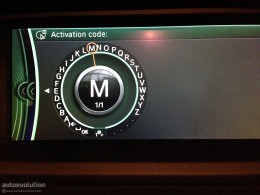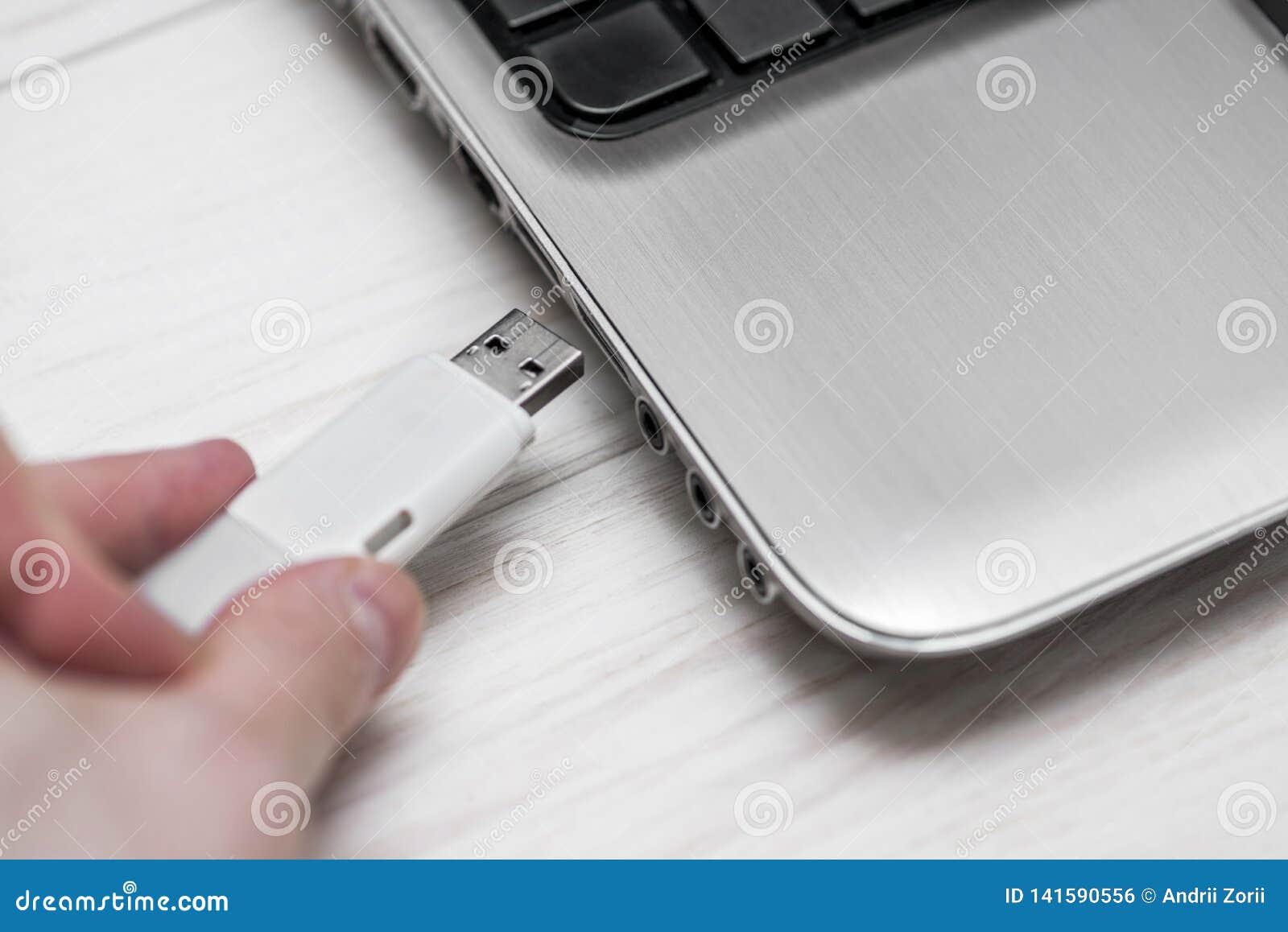

- #Idive drive background how to#
- #Idive drive background serial#
- #Idive drive background portable#
- #Idive drive background android#
- #Idive drive background windows#
#Idive drive background portable#
This is given by your Portable maker, and it can be something like "Galaxy S6", "P8 Lite", etc.
#Idive drive background serial#
Once again, think of it as the drive's serial number.

#Idive drive background windows#
The library gives you get access to any Portable device that basically implements the shell32.dll's Windows Shell Interface that allows access to its "drive".

#Idive drive background android#
It'll be a bumpy ride, but all well worth it! Portable vs Android vs Phone/Tablet They will show up in "My Computer" (Win-E), as a sort of virtual drive, without a drive letter (thus, not accessible via the regular DriveInfo API).Īfter quite a bit of googling, it finally hit me: use the shell32.dll's API to access virtual folders - the USB drive will show up there. you'll find the new drive here foreach ( var drive in DriveInfo.GetDrives())Īll, but the Portable-connected USB devices, such as your Phone or Tablet. Just enumerate the new drives, and then see what files/folders are on them. If you play around a bit with external devices, you'll notice something interesting: external drives, sticks, CD/DVDs, SD cards will auto-mount: as soon as you plug them in, they will be recognized as a new drive. Wouldn't you like to have a way to uniquely identify a file/folder name to a specific external drive/sd card/phone/tablet?Īfter implementing the code, and dealing with lots of Windows idiosyncrasies, I decided to make this freely available. One of the issues I will deal with (all the subject of another article), is the fact that you might connect an external drive, and it might end up being "drive F:", but at a later time, the same drive will end up being "drive H:". The library I created wants to deal with any external drive - anything that can be connected/disconnected via just a plug. “DTMF is nothing more than the sounds a telephone makes when you press the different buttons, each one sending a signal composed of two different frequencies.Drive_folder( " :/*/dcim/camera").files.First() “DTMF was invented 50 years ago for telephone lines before we had rotary disks,” explains Roberto De Almeida, a Brazilian oceanographer and developer at Sunnyvale, Calif.-based Marinexplore and member of ScubaTone. The winning team of four–all with science and tech backgrounds, including a 15-year-old developer–came up with ScubaTone, an iPad app that relies on old-school technology created by AT&T in 1963 called dual-tone multifrequency signaling, or DTMF for short. The company is founded by a marine biologist, and the technology originated from a research lab in Saudi Arabia funded by the king.

The event was hosted by iDive, which is launching an underwater iPad housing this fall.
#Idive drive background how to#
At a hackathon earlier this month in San Francisco, oceanographers and scientists from NASA, the California Academy of Sciences, University of California Santa Cruz, and other institutions gathered to figure out how to improve on the current tools of choice for marine researchers: waterproof paper and pencil.


 0 kommentar(er)
0 kommentar(er)
